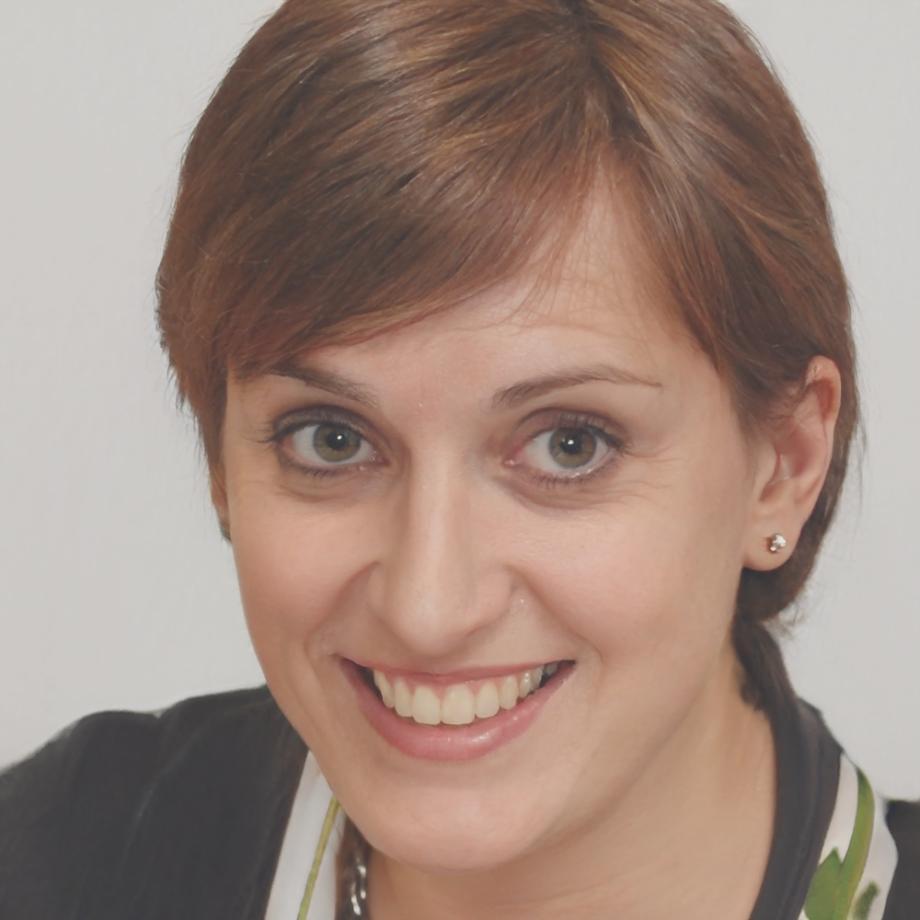Built by Practitioners Who Actually Worked the Models
We started Luminous Flareon because we got tired of seeing education that sounded great on paper but fell apart when tested against real market behavior. Our team comes from quantitative trading desks and research labs where theories meet reality every single day.
How We Actually Started This
Back in 2019, three of us were sitting in a Bangkok coffee shop complaining about the same thing. We'd all mentored people who wanted to learn quantitative investing, but the available education was either too academic or dangerously oversimplified.
One person would show up with a PhD in statistics but no idea how market microstructure works. Another came from finance but couldn't code a working backtest. Everyone had pieces of the puzzle, but nobody was teaching the complete picture.
So we built our own curriculum. We tested it on ourselves first, then on a small group of professionals in 2020. The feedback was clear – people wanted honest instruction that didn't promise magic returns but showed them how quantitative methods actually perform when you account for transaction costs, slippage, and regime changes.
By 2022, we'd formalized the program. Now we run cohorts twice a year, and we're careful about who joins. This isn't for everyone, and we're upfront about that.

Who's Teaching These Sessions
Our instructors aren't career educators – they're practitioners who spent years building and testing quantitative strategies. They teach because they remember how hard it was to learn this stuff without guidance.

Elara Sundquist
Lead Quantitative Instructor
Elara spent eight years as a quantitative analyst at a prop trading firm before she started teaching. She specialized in momentum strategies and learned most of her lessons from models that didn't work. She's blunt about what's realistic and what's wishful thinking, which students appreciate after the first shock wears off.

Vesna Kallenberg
Machine Learning Curriculum Director
Vesna came from academic research where she published papers on predictive models for equity returns. But she got frustrated with research that never got implemented, so she moved to the buy-side to see what actually survived contact with live markets. She designed our ML curriculum around that gap between theory and implementation.

Our Teaching Philosophy
"We don't teach strategies. We teach you how to evaluate whether a strategy might work, and more importantly, how to recognize when it stops working."
Every session includes real code, real data, and real discussions about what can go wrong. We show you successful backtests and then explain why we wouldn't trade them. We walk through published papers and point out the assumptions that don't hold in practice.
Students work with actual market data from Asian exchanges because that's where most of you will apply this knowledge. We don't use cleaned academic datasets that make everything look easier than it is.
And we're honest when someone asks a question we can't answer. Markets are complex systems. Anyone who claims to have all the answers is either lying or hasn't tested their ideas properly.
What Matters to Us
These aren't corporate values we made up for the website. These are the principles that guide how we build curriculum and interact with students.
Intellectual Honesty Over Marketing
We tell you when methods have low success rates or high failure modes. We'd rather lose a student signup than have someone enter the program with unrealistic expectations about what quantitative investing can deliver.
Practical Implementation Focus
Theory matters, but only if you can implement it. We prioritize teaching you how to build robust systems that account for real-world constraints like execution costs, data quality issues, and computational limitations.
Continuous Adaptation
Markets evolve and methods that worked five years ago might not work today. We update our curriculum every cohort based on what's actually happening in markets right now, not what worked in historical backtests.
Small Cohorts By Design
We could scale up and make more money, but we keep cohorts under 20 people because that's the maximum size where we can give everyone meaningful feedback on their projects. Growth isn't our priority – quality instruction is.

Next Cohort Starts September 2025
We'll open applications in May. If you're interested in learning quantitative investing from people who've actually done it, reach out and we'll send you the curriculum details and application process.
Get Program Information